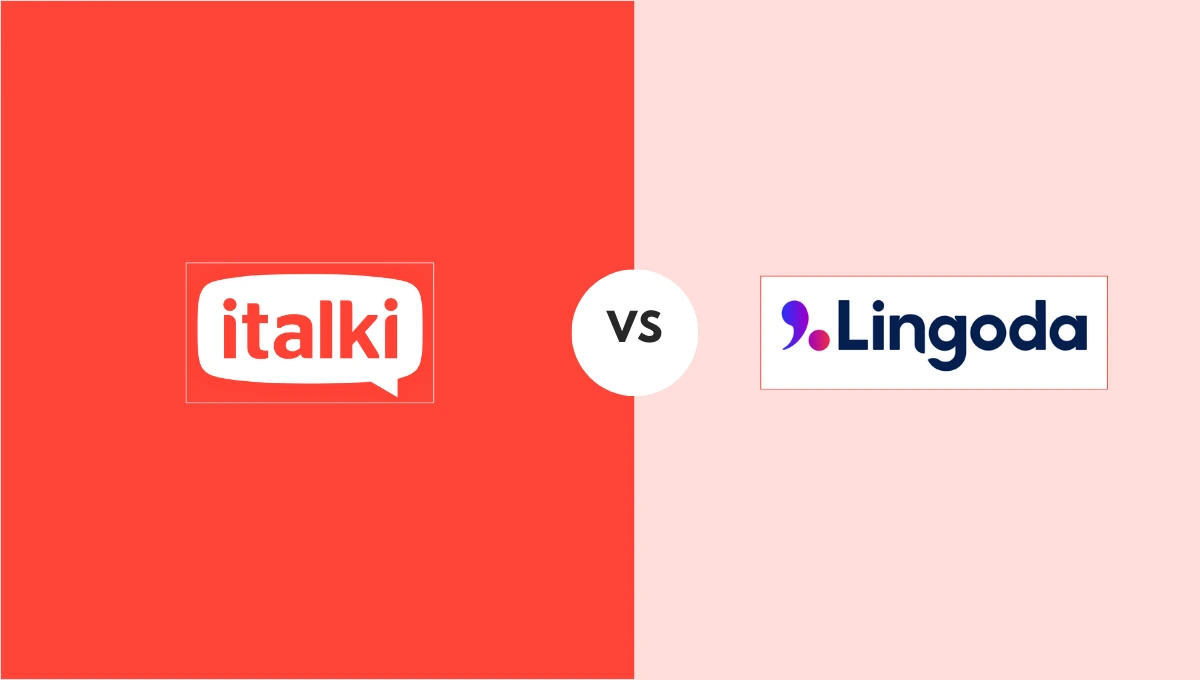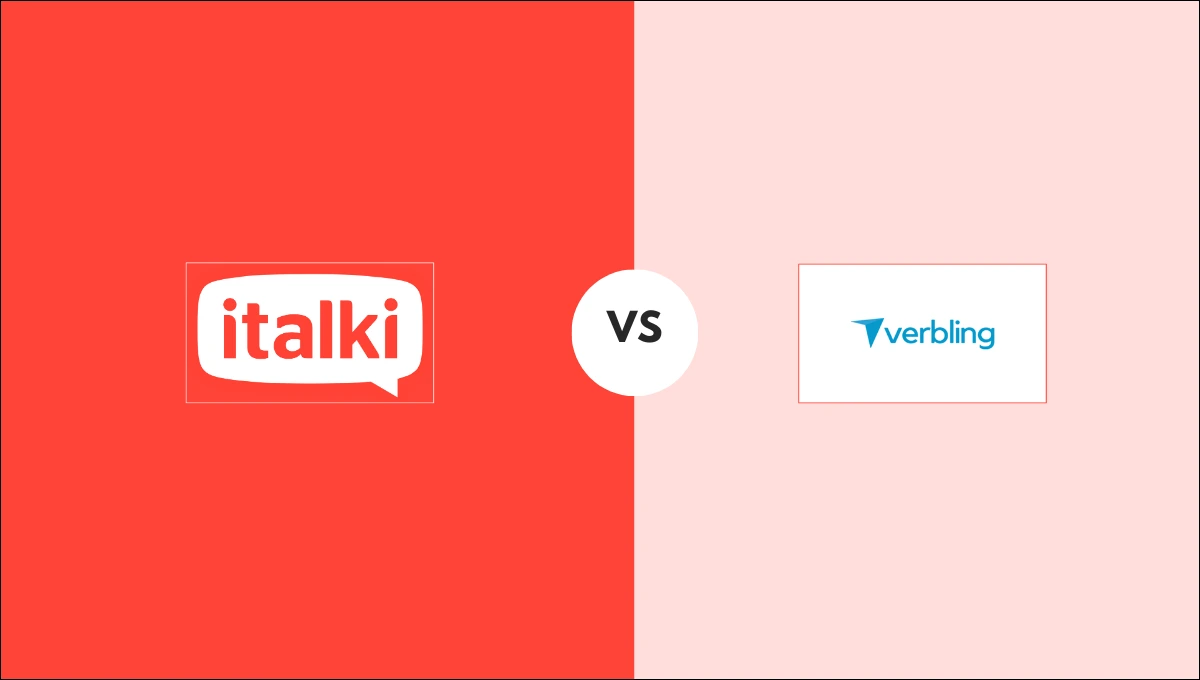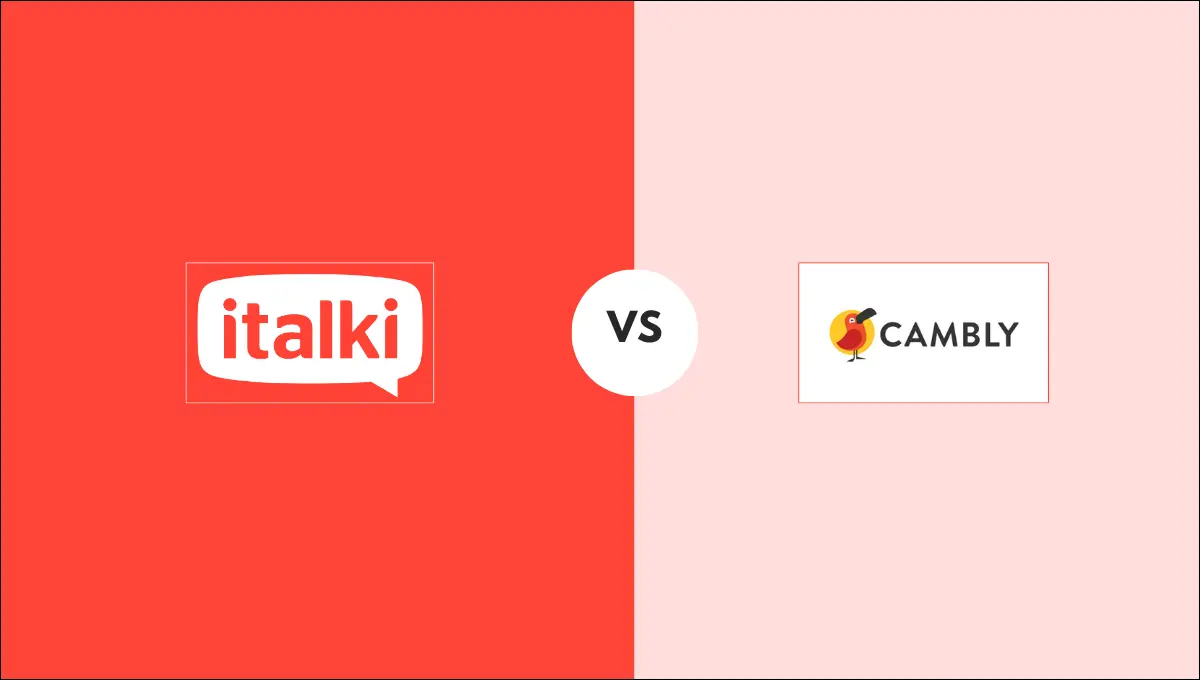Demonstrative pronouns are those little words like “this” and “that” that you use to point something out. They can be a little tricky in Spanish because there are two different sets of demonstrative pronouns, and they work differently depending on what follows them. Fortunately, once you know the rules, they’re not that hard to remember!
If you want to avoid mixing up your demonstratives and using the wrong one at the wrong time, keep reading for details about how and when to use each of these words, so you never stumble over them again. Let’s get started learning about demonstrative pronouns in Spanish so that you can confidently speak this beautiful language.
Get help mastering Spanish demonstrative pronouns
Learning Spanish demonstrative pronouns is a great way to start learning Spanish because they are so important in everyday conversations. You need to know when to use “this one” – este, “that one” – ese, “those ones,” and “that one over there” – aquel, depending on the context.
Here are three ways to learn Spanish easily with italki:
- Listen and practice. On italki, you can meet and interact with language learners and enthusiasts from all over the world. There are also tons of Spanish language podcasts and YouTube videos recommended by your tutor that can help you improve your Spanish pronunciation.
- Learn Spanish online. It’s super easy to find a Spanish teacher to help you remember these pronouns by customizing lessons and adding pictures from a dictionary or the internet to help you remember.
- Watch movies in Spanish. Tons of movies are subtitled in Spanish for free on YouTube, Netflix, Vudu, etc. you can discuss these movies with friends, your Spanish tutor, and peers on italki’s interactive community.

Find Your Perfect Teacher
At italki, you can find your Spanish tutor from all qualified and experienced teachers. Now experience the excellent language learning journey!
Book a trial lesson
italki instructors can help you master any part of a language, including Spanish idioms. Lessons are affordable, and you can enjoy a free trial before committing to a teacher.
What Are Demonstrative Pronouns
A demonstrative pronoun is a pronoun that points to something or is “demonstrative.” For example, in the sentence: “This book is really interesting,” “this” points to the book — it is a pronoun that refers to something. There are two main types of pronouns: Demonstrative pronouns and Interrogative pronouns. Demonstrative pronouns are used to point at things.
For example, “this” and “that” point to things. In other words, they refer to a specific thing you are talking about. Demonstrative pronouns are common in many different languages. In English, for example, you have “this” and “that” to distinguish between two different things. In Spanish, however, there are multiple kinds of demonstrative pronouns, each with its subtle difference.
Understanding demonstrative pronouns in Spanish
Many learners find understanding Spanish demonstrative pronouns challenging. Almost as challenging as knowing the difference between ser and estar. But you don’t have to worry. We are here to help.
First of all, let’s talk about “este” (this) and “ese” (that). These are the most basic of all the demonstrative pronouns in Spanish. Este means “this.” It is used to refer to something close to you – something that is nearby or right in front of you. When used this way, it is often translated into English as “this one.”
If it’s not making much sense yet, don’t worry. We’ve only just begun. We’ll detail how these demonstrative pronouns are used in Spanish, including some examples to help it all sink in.
Don’t go anywhere!
Want to learn a language at italki?
Here are the best resources for you!
Spanish demonstrative pronouns: ese, este, and aquel
- “Ese” – that one
Ese – that one – masculine
Esos – those ones – masculine
Esa – that one – feminine
Esas – those one – feminine
Ese means that. Ese is used to describe something previously mentioned or something more distant. It is also used to describe something more distant.
For example:
- ¿Qué vestido quieres? (Which dress do you want?)
- Quiero ése (I want that one)
- ¿Qué película le gusta a ella? (Which movie does she like?)
- a ella le gusta ese. (She likes that one.)
When referring to a singular, masculine noun, then ese is the correct word. Then esa is the correct word to use if referring to a singular, feminine noun. If you are referring to a plural noun, then esos is the correct word if the noun is masculine, and esas is the correct word if the noun is feminine.
- “Este” – this one
este – this one – masculine
estos – these ones – masculine
esta – this one – feminine
estas – these ones – feminine
“Este” can be translated to mean “this” or “this one” in the English language. Use “Este” to describe something in front of you, nearby, or close to you.
For examples:
- Muéstrame la tarjeta que quieres. (Show the card you want.)
- Quiero este. (I want this one)
- ¿Qué vestido comprar? (Which dress did she buy?)
- Ella compró este. (She bought this one.)
If you are referring to a singular, masculine noun, then este is the correct word. If you are referring to a singular, feminine noun, then esta is the correct word. If you are referring to a plural noun, estos is the correct word if the noun is masculine, and estas is the correct word if the noun is feminine.
- “Aquel” – that one over there
aquel – that one over there – masculine
aquellos – those ones over there – masculine aquella – that one over there – feminine
aquellas – those ones over there – feminine
In English, “aquel” means “that one over there.” In Spanish, we use this demonstrative pronoun for the most significant distance in space and time. Use it when the object of the conversation is not only far from you but also from the person you are speaking with. While the word can be translated to mean “that,” it is most appropriately used as “that over there.”
For example:
- Mira los pájaros. ¡Cómo vuelan! (Look at the birds. How they fly!)
- ¿Cuáles? (Which ones?)
- Aquellos (Those over there.)
Another way to use aquel is when talking about a distance in time. For example:
- ¿Recuerdas mis juguetes favoritos de niño?
Do you remember my favorite toys as a child?
- la barbie y el camión rojo?
The barbie and the red truck?
- si, aquellos
Yes, those!
Other examples of using the demonstrative pronoun “aquel”:
- ¿Qué coche quieres comprar?
Which car do you want to buy?
- Aquel
That one over there.
- ¡Hay tantos vasos aquí! ¿cuál elegirás?
There are so many glasses here! Which will you choose?
- Aquél!
That one over there!
Like other demonstrative pronouns, “aquel” has several forms we’ve listed above. Use “aquel” when referring to a singular, masculine noun. The correct word to use when referring to a singular, feminine noun is “aquella.”
“Aquellas” and “aquellos” are used for plural forms of nouns. When the noun is feminine, use “aquellas.” When referring to a plural, masculine noun, use “aquellos.”
Confusing Combinations of Demonstrative Pronouns in Spanish
Here are the trickiest combinations of these pronouns in Spanish:
- When you use “this” or “that” with a verb in Spanish, you must put the pronoun at the beginning of the sentence. So, you can say things like “Esto es interesante” (This is interesting) or “eso es pesado” (That is heavy) but not “es interesante esto” or “es pesado eso.”
Conclusion
Demonstrative pronouns are words that point to something that’s being discussed. When you’re speaking or writing in Spanish, you’ll need to know how and when to use each of these words so you never stumble over them again. That will help make your Spanish sound more natural and flow better, which will make it easier for you to be understood.
Luckily, they aren’t that difficult to remember, and we are here to help. Book lessons with italki today.

Find Your Perfect Teacher
At italki, you can find your Spanish tutor from all qualified and experienced teachers. Now experience the excellent language learning journey!
Book a trial lesson




















